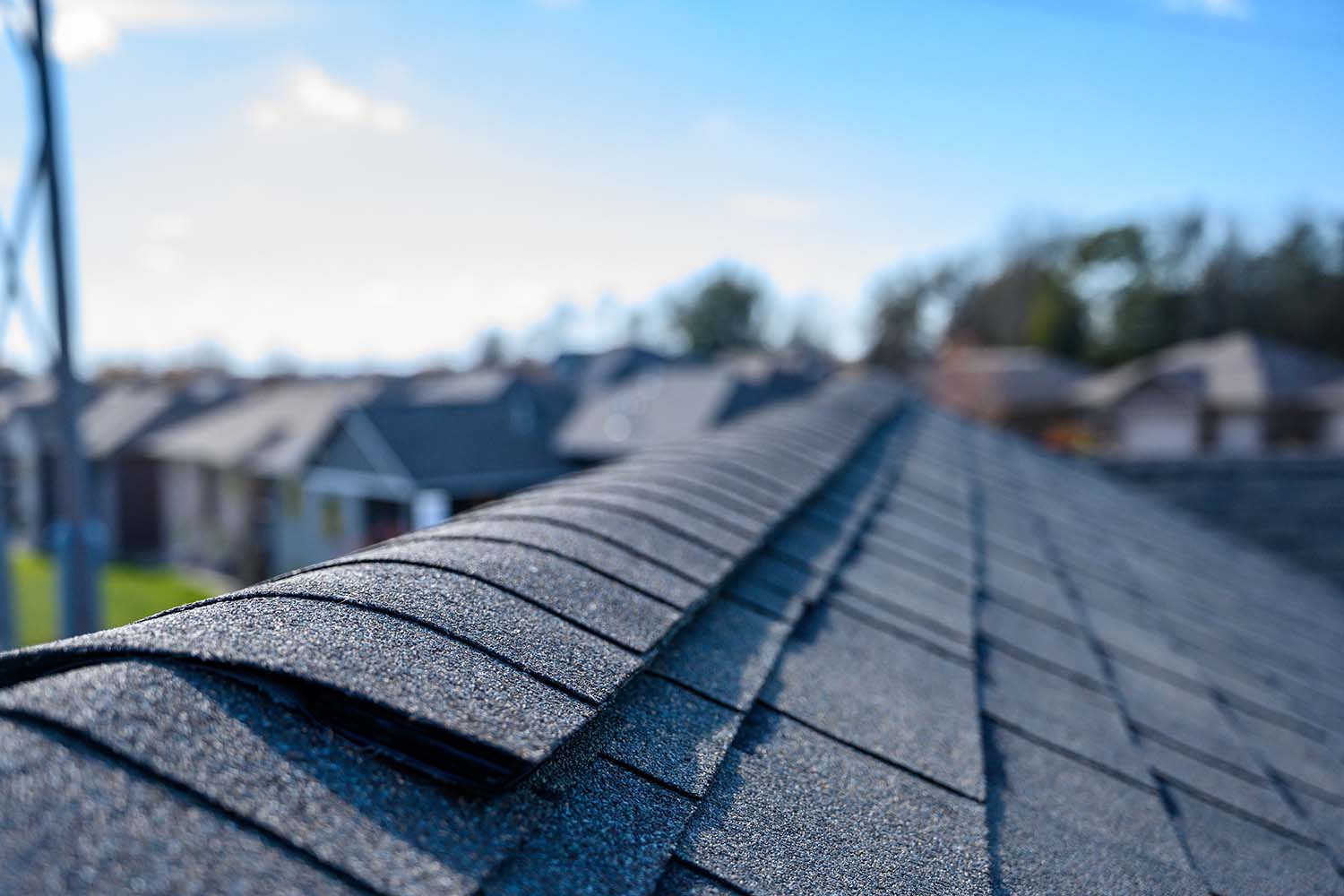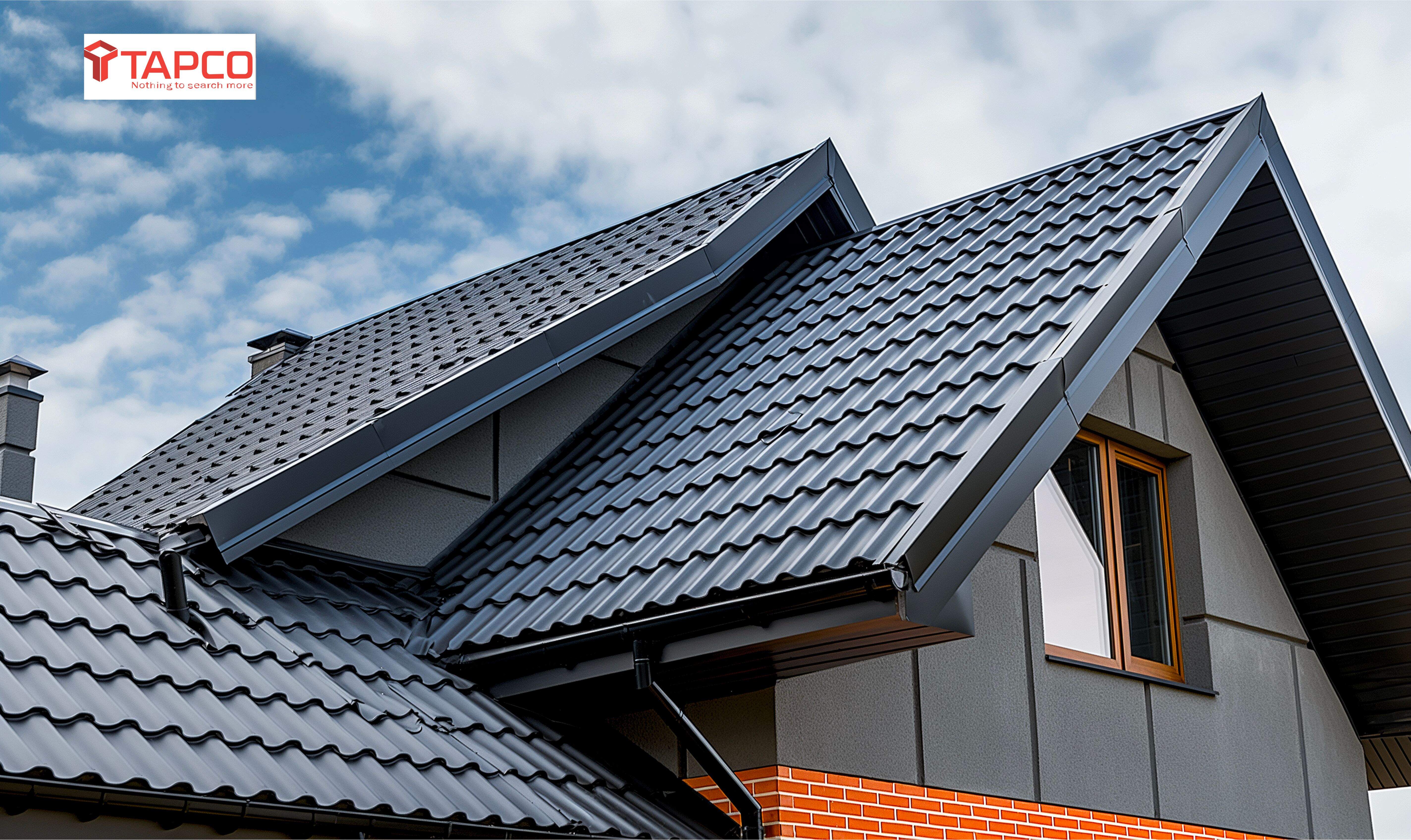A Comprehensive Guide to the Installment Process for Your New Roof Covering System
The setup process for a new roof calls for cautious factor to consider of various factors. From evaluating the roof covering's architectural stability to choosing ideal products, each step plays an essential function in guaranteeing a successful end result. Understanding the subtleties of setup can avoid future problems and improve toughness. What are the vital steps one must comply with to accomplish a lasting and trustworthy roof? The solution exists in a systematic approach that attends to every vital facet.
Understanding Different Roof Covering Products
When choosing a roof, understanding different roofing products is necessary for making an educated choice. Numerous materials supply unique benefits and downsides, influencing sturdiness, price, and aesthetic appeals. Asphalt roof shingles are preferred for their price and convenience of installment, making them an usual option for houses. Steel roof, recognized for its durability and resistance to extreme weather, allures to those seeking sturdiness. Clay and concrete floor tiles give a distinct aesthetic and exceptional insulation but can be larger and more costly. Slate roofing, celebrated for its natural appeal and phenomenal lifespan, often tends to be a costs choice requiring experienced installment. For environmentally-conscious house owners, environment-friendly roof, which include plant life, existing sustainable advantages. Recognizing these products allows house owners to straighten their option with spending plan, climate considerations, and personal design choices, eventually making sure a roof solution that satisfies their demands properly.
Analyzing Your Roofing system's Architectural Stability

Evaluating a roof's architectural honesty is necessary for ensuring its durability and safety and security. This process entails evaluating the roof structure for any type of indications of weakness, determining possible water damages, and establishing the tons capability to support numerous roof products. Dealing with these factors will help preserve the general health of the roof.
Checking Roof Framework
Prior to mounting a new roof covering system, it is crucial to extensively check the roof covering structure to verify its structural honesty. This process involves reviewing vital parts such as rafters, trusses, and the overall framework layout. A professional examiner needs to try to find indications of wear, bending, or any structural deficiencies that can jeopardize the brand-new roofing setup. Additionally, it is important to look for proper lots distribution, making sure that the framework can support the weight of the brand-new materials. Any kind of determined concerns need to be addressed before proceeding, as they can cause considerable problems down the line. By prioritizing this examination, house owners can assure a long lasting and trustworthy roof that will endure the examination of time.
Identifying Water Damage
Water damage can significantly impact a roof covering's structural integrity, making it essential to recognize any indications early in the inspection procedure. House owners need to search for staining or discolorations on ceilings and wall surfaces, which may indicate leakages. Drooping locations in the roof or ceilings suggest collected moisture that could endanger structural parts. Evaluating the attic is important; mold growth and damp insulation are indicators of water breach. Additionally, checking out the roofing surface area for missing shingles, cracks, or corrosion on steel parts can disclose possible susceptability to water damages. Normal evaluations can assist in very early discovery, enabling prompt repairs that preserve the roof covering's integrity and stop comprehensive damages. Dealing with these signs quickly is important for preserving a secure and sturdy roof system.
Assessing Lots Capability
Reviewing the load capacity of a roof is necessary for ensuring its structural stability and longevity. This assessment includes taking a look at the products made use of in the roofing's building, the underlying framework, and the total design. Variables such as snow build-up, wind load, and the weight of roofing materials have to be thought about to determine whether the framework can support added loads. A structural engineer can provide beneficial understandings, conducting calculations based on local building regulations and ecological conditions. Normal assessments and maintenance likewise play an essential duty in determining possible weak points. By extensively assessing load capacity, house owners can prevent pricey problems and make specific that their new roof is secure and long lasting for years to come.
Planning and Readying for Installment
Efficient planning and prep work are essential actions prior to mounting a roofing system - pacific mo roofing companies. This entails reviewing specific roof covering requirements and choosing the suitable materials that best fit those requirements. An extensive understanding of these aspects can considerably influence the success and long life of the roofing task
Assessing Your Roof Requirements
Just how can one assure that their roof covering task satisfies both practical and visual demands? A comprehensive evaluation of roof covering demands is important. This involves checking out the current roof's problem, recognizing any damages, and identifying structural honesty. Home owners need to consider their environment, as weather substantially affect roof product selections and longevity. Furthermore, assessing architectural design and neighborhood aesthetics is important for maintaining property worth and charm. Understanding more helpful hints personal preferences and budget plan restrictions more help in making notified decisions. Finally, talking to roof experts can provide useful insights and referrals tailored to particular requirements. By carefully examining these factors, home owners can ensure their roof job lines up with their unique needs and enhances their residential property's total look.
Selecting the Right Materials
When selecting products for a roof job, it is crucial to consider both performance and aesthetics to ensure a successful setup. Homeowners need to take into consideration the environment of their area, as specific products perform better under details weather problems. For example, metal roof coverings offer durability in areas vulnerable to hefty snowfall, while asphalt roof shingles might be more affordable for milder climates. Furthermore, the style of the home plays a considerable role; products should match the architectural design to boost visual allure. Sustainability is an additional factor; environmentally friendly options like solar tiles or recovered wood can decrease ecological influence. Ultimately, selecting the appropriate materials includes stabilizing these components to safeguard a visually appealing and long-lasting roof covering system.
Safety And Security Safety Measures During Installment
Making sure security throughout roof installation requires thorough interest to information and adherence to developed procedures. Most importantly, workers need to put on appropriate personal safety devices (PPE), including headgears, gloves, and non-slip footwear, to decrease injury dangers. Scaffolding and ladders should be safely positioned and preserved to supply steady job surfaces. It is necessary to check the roofing system framework for weaknesses or damage before beginning work, as this can avoid accidents in the future.
Additionally, installers ought to be educated in fall security approaches, including using guardrails and harnesses. Climate condition likewise play a considerable duty; job should be postponed throughout high winds, rain, or storms. All tools and materials ought to be arranged and secured to protect against tripping threats. By focusing on these security precautions, the danger of mishaps can be significantly reduced, ensuring a more secure working atmosphere for all entailed in the roof covering installment procedure.
Step-by-Step Installment Refine
A successful roof installation involves a series of meticulously intended actions that assure both effectiveness and top quality. The old roofing material have to be gotten rid of, making certain the underlying framework is intact. Next, any kind of required repair work to the roof covering deck are done, enhancing its security. Following this, a moisture obstacle is mounted to protect against water seepage. The option of roof product, such as roof shingles or steel panels, is then outlined, starting from the eaves and advancing upwards. Each item is safeguarded carefully to hold up against climate problems. Ventilation systems are incorporated to promote airflow and protect against wetness build-up. Flashing is mounted around vents and chimneys to further safeguard against leaks. Ultimately, the setup is reviewed for compliance with neighborhood structure codes and supplier requirements. This extensive approach guarantees a dependable and resilient roof that fulfills homeowner assumptions.
Finishing Touches and Inspections

Once the installment of all elements is total, an extensive evaluation adheres to. This includes checking for correct placement, secure fastening, and sufficient sealing of seams. Inspectors likewise assess air flow systems to guarantee peak air movement and moisture administration.
Additionally, any type of particles or leftover products from the installation have to be cleared from the roofing and surrounding area. By carefully taking care of these details, homeowners can ensure that their brand-new roof system is not just useful but additionally visually attractive, establishing the stage for long-lasting performance and toughness.
Upkeep Tips for Your New Roofing
While several home owners might overlook the relevance of routine roof maintenance, developing a routine can substantially expand the life-span and performance of a brand-new roof covering system. Routine evaluations should be performed at the very least twice a year, ideally in spring and fall, to identify any kind of potential issues early. Home owners need to inspect for loose or missing shingles, signs of wear, and debris build-up in rain gutters and valleys.
Cleaning the roof surface area and seamless gutters is shingles for sale important to avoid water damage nd hand roof tiles and mold growth. Furthermore, cutting overhanging branches can lessen wear and tear brought on by falling debris. It is likewise advisable to keep an eye on interior ceilings for indicators of leaks or water discolorations, which can suggest roof issues.
Engaging a specialist for yearly inspections guarantees that any underlying issues are attended to immediately, maintaining the stability of the roof system and providing peace of mind for property owners.

Regularly Asked Concerns
How much time Does the Roof Installment Process Generally Take?
The roof covering installment procedure generally takes one to 3 days, depending upon the job's size and complexity. Factors such as weather and the type of roofing material can likewise influence the total timeline.
What Allows Are Required for Roofing System Installment?
The called for permits for roofing installment usually consist of structure permits, architectural authorizations, and, in some locations, electric or plumbing authorizations. Laws may vary based on regional codes, necessitating assessment with local authorities for particular demands.
Can I Stay Home Throughout the Setup?
Property owners can stay during roof installment, but it might be inconvenient as a result of noise and disruptions. Service providers suggest remaining out of work locations for safety and to permit the team to execute their tasks effectively.
Will My Insurance Coverage Cover the Roof Covering Installation Expenses?
Insurance policy protection for roofing installation costs varies based upon specific policies and circumstances. House owners should consult their insurance service provider to figure out eligibility for protection, including aspects like damages severity and plan terms pertaining to roof covering replacement.
What Occurs if It Rains During Setup?
If it rains throughout installment, employees may halt development to avoid damage to materials and ensure safety. Rain can additionally delay conclusion, needing additional time for drying and possible re-evaluation of the roofing job.
The setup procedure for a brand-new roofing system requires cautious factor to consider of numerous aspects. When picking a roof covering system, understanding various roof covering products is essential for making a notified decision. When selecting products for a roofing project, it is crucial to take into account both performance and visual appeals to assure an effective setup. Making certain safety and security during roof covering system setup requires thorough focus to information and adherence to developed methods. A successful roof covering system installation entails a collection of very carefully planned actions that ensure both efficiency and high quality.